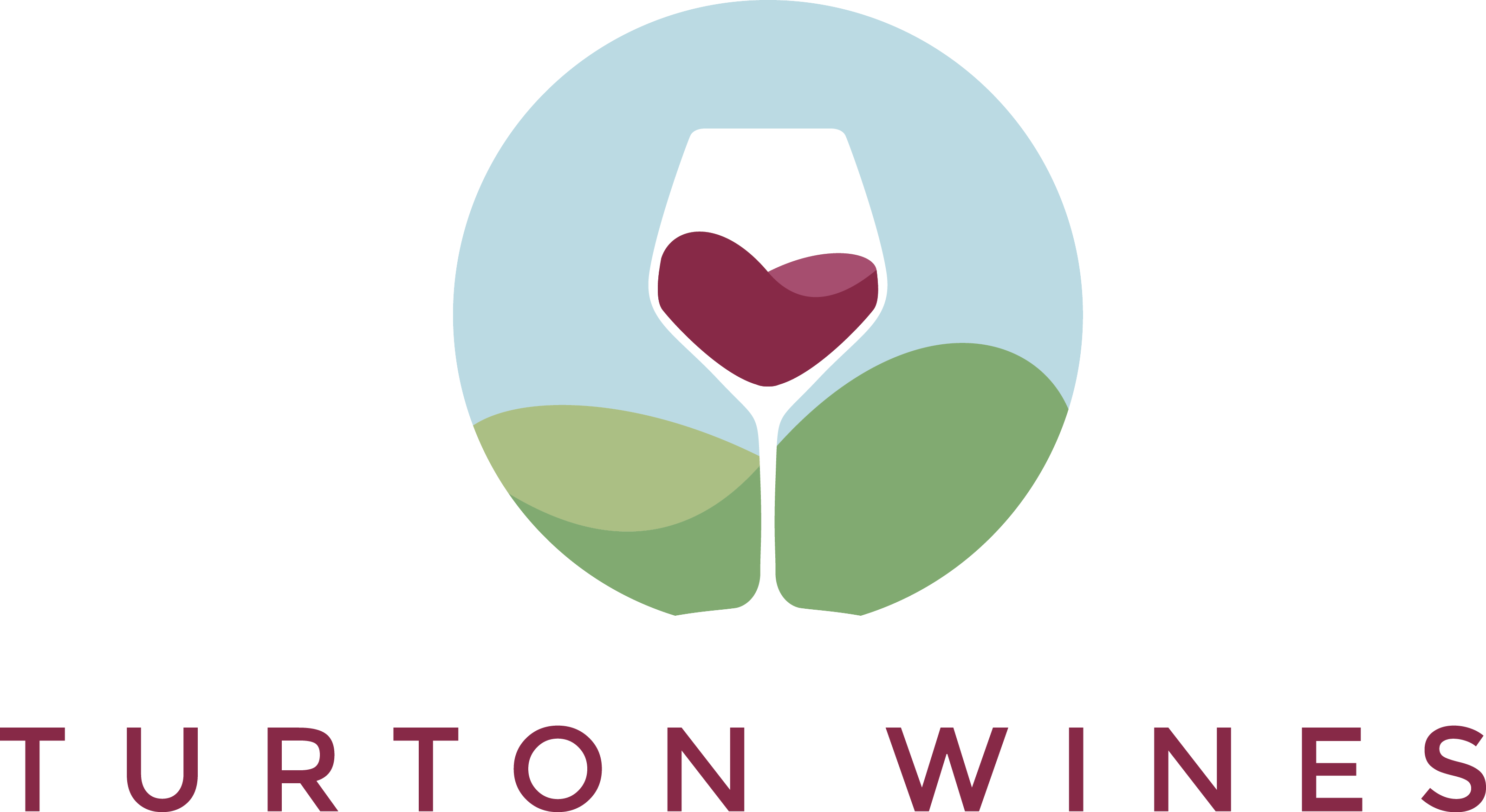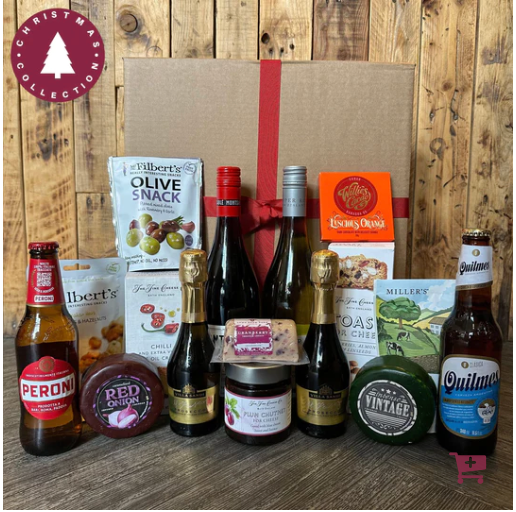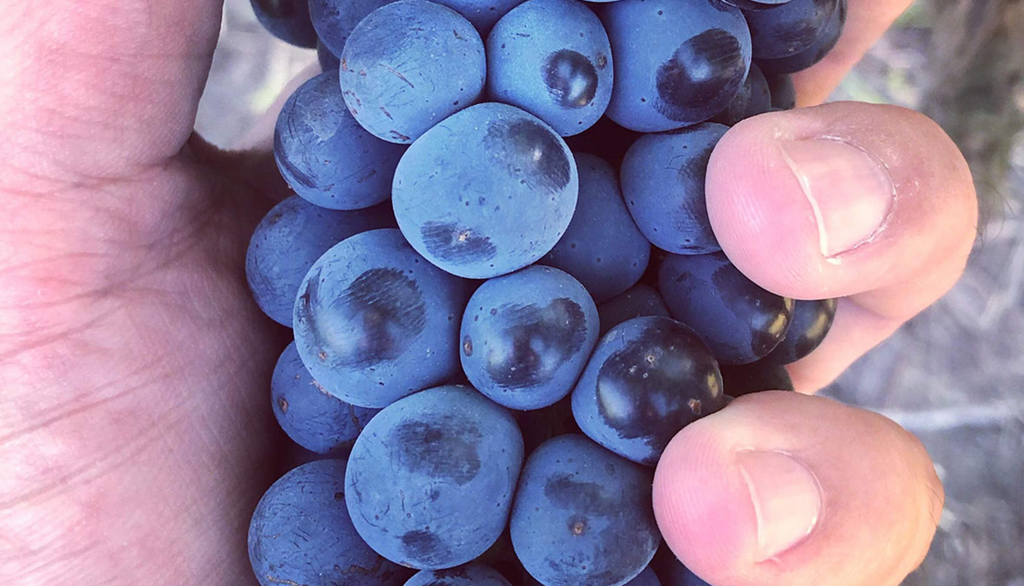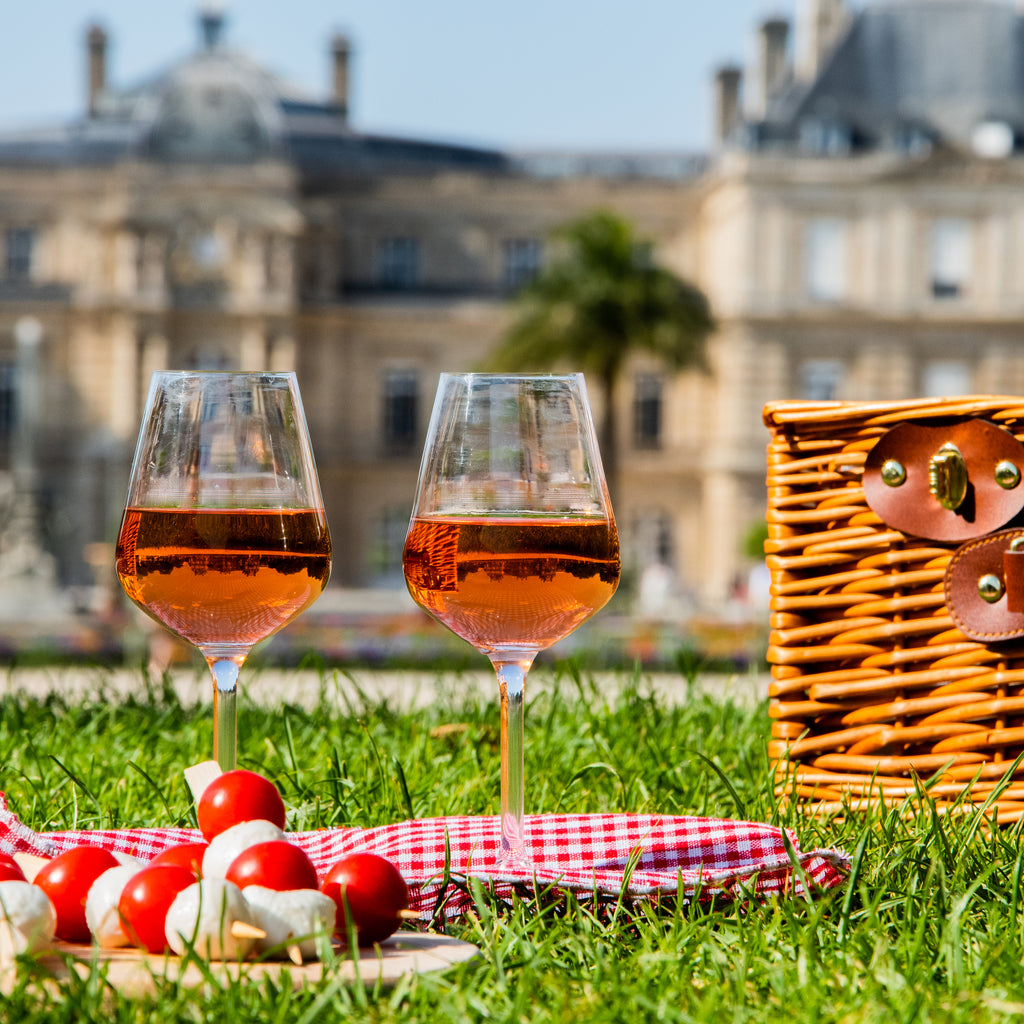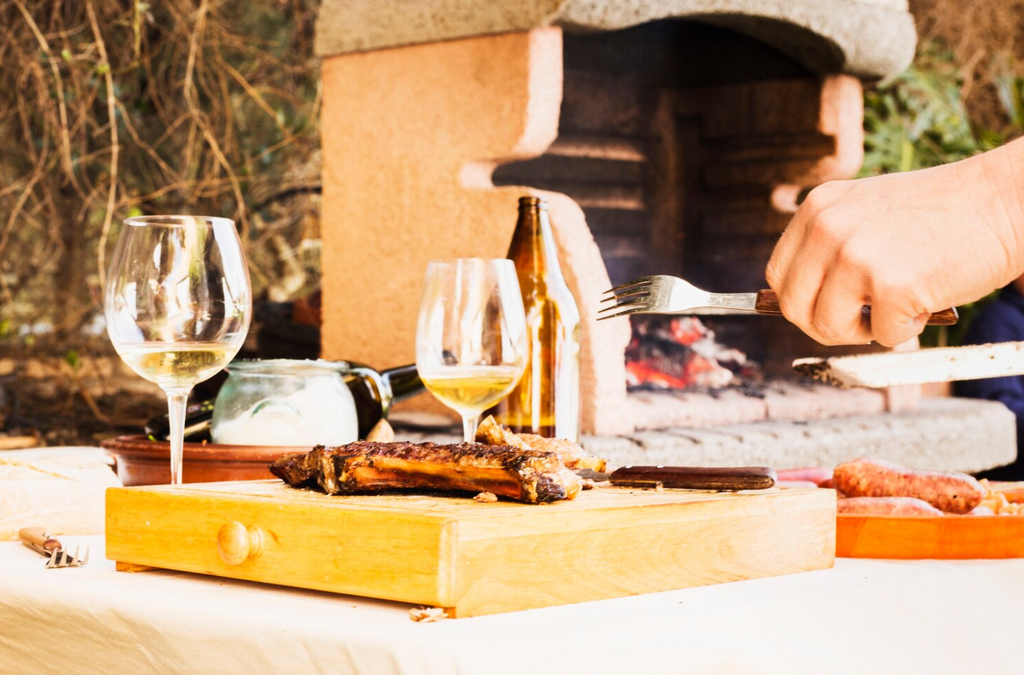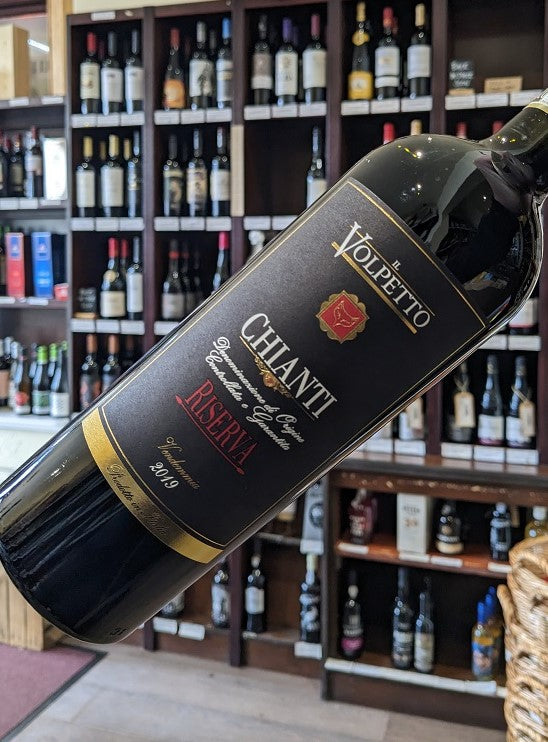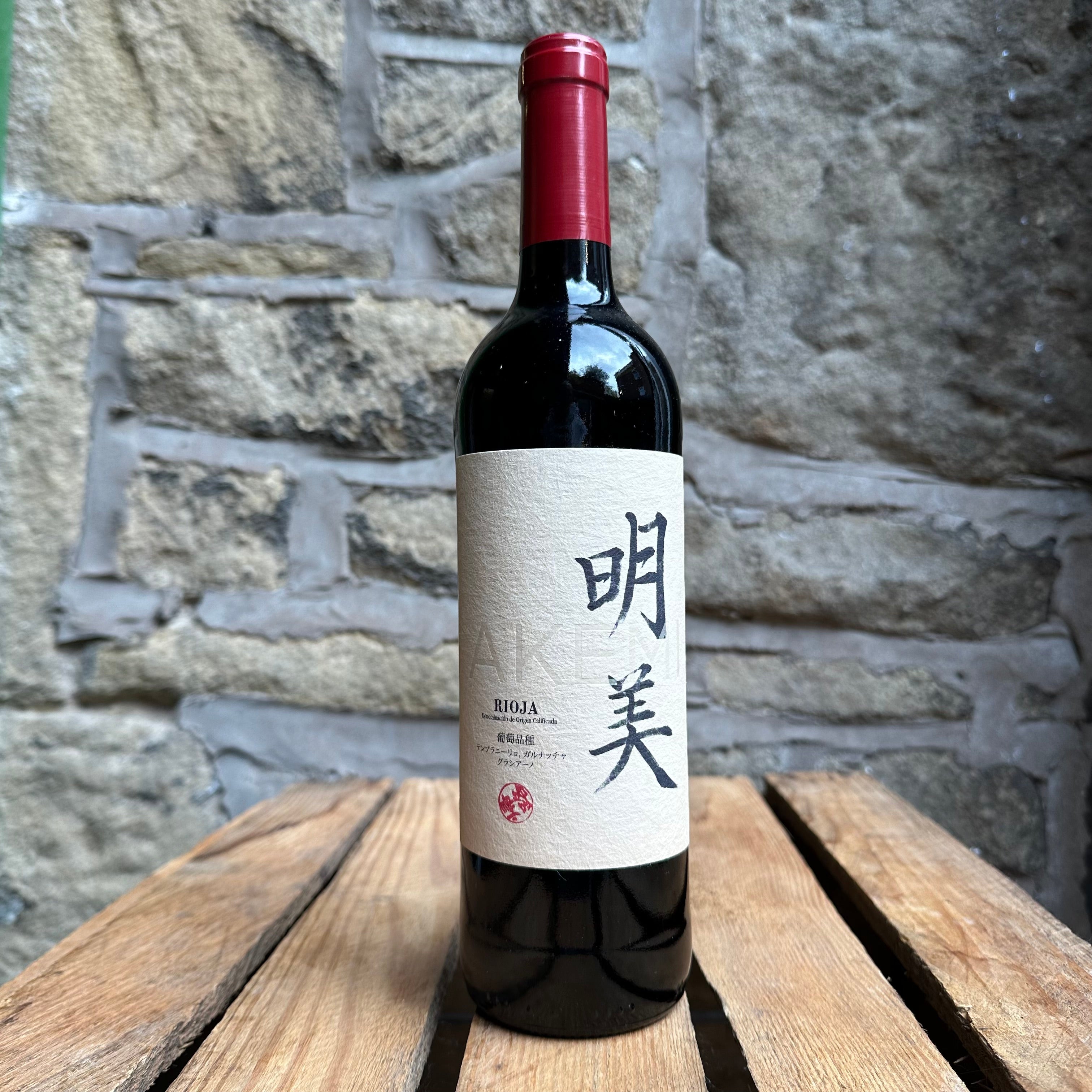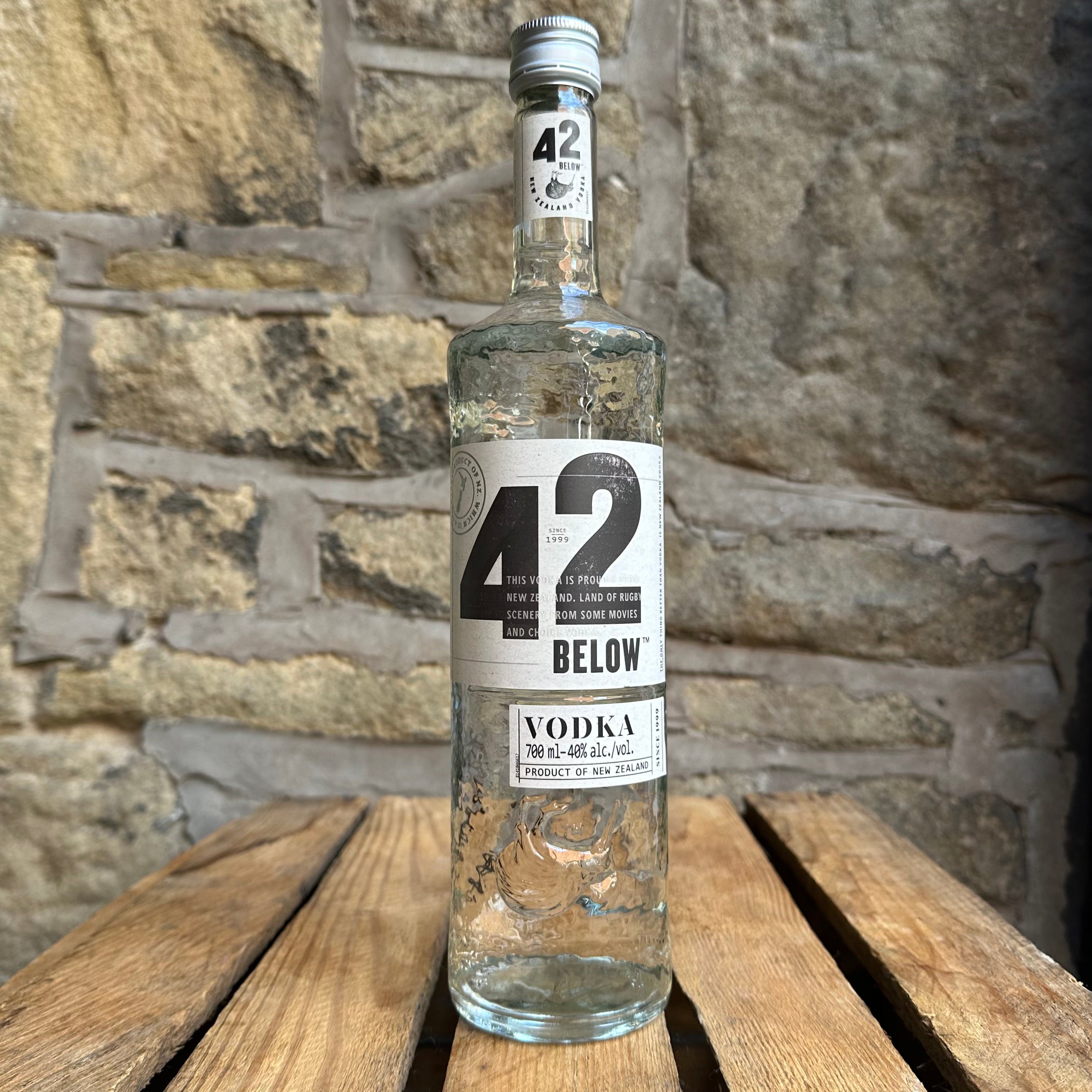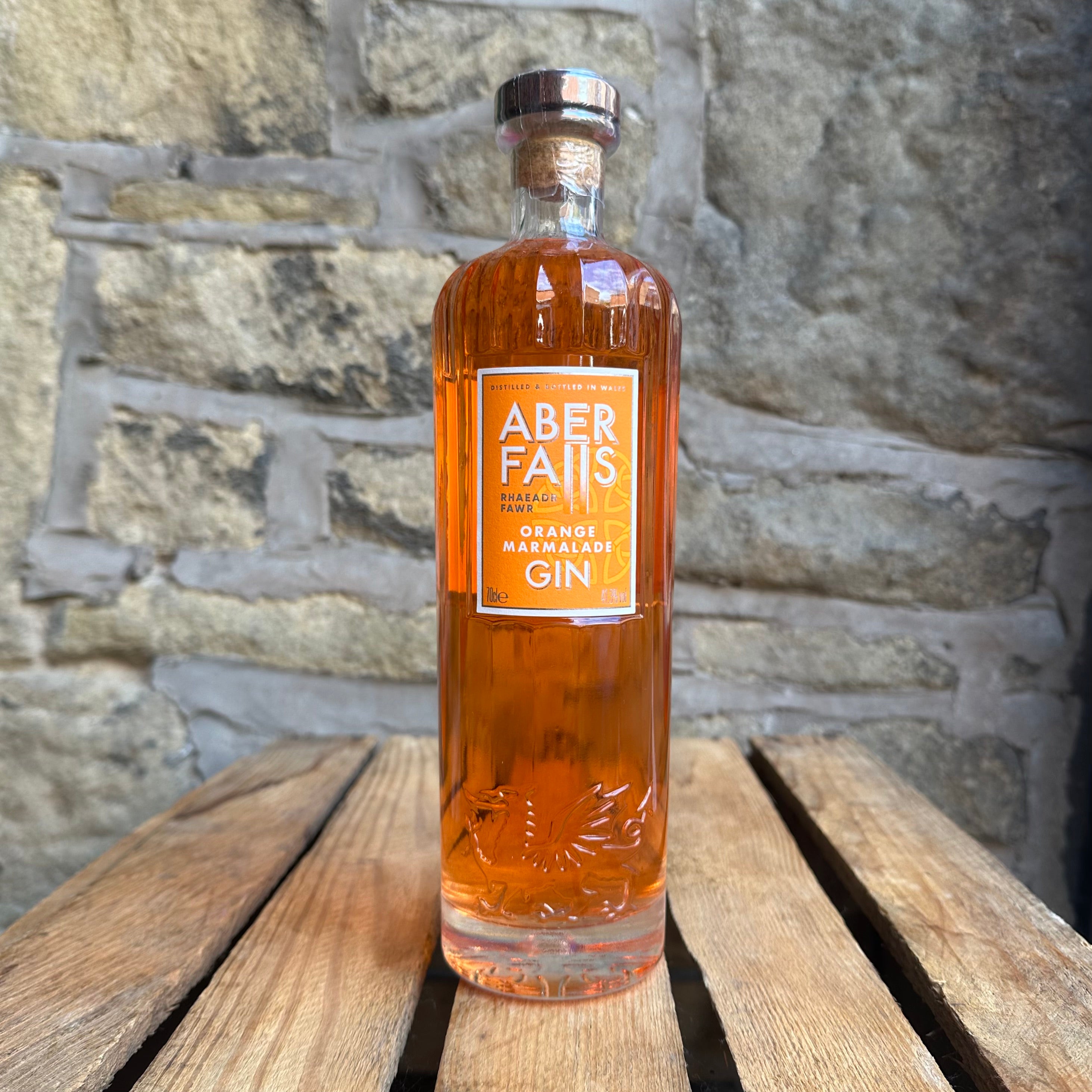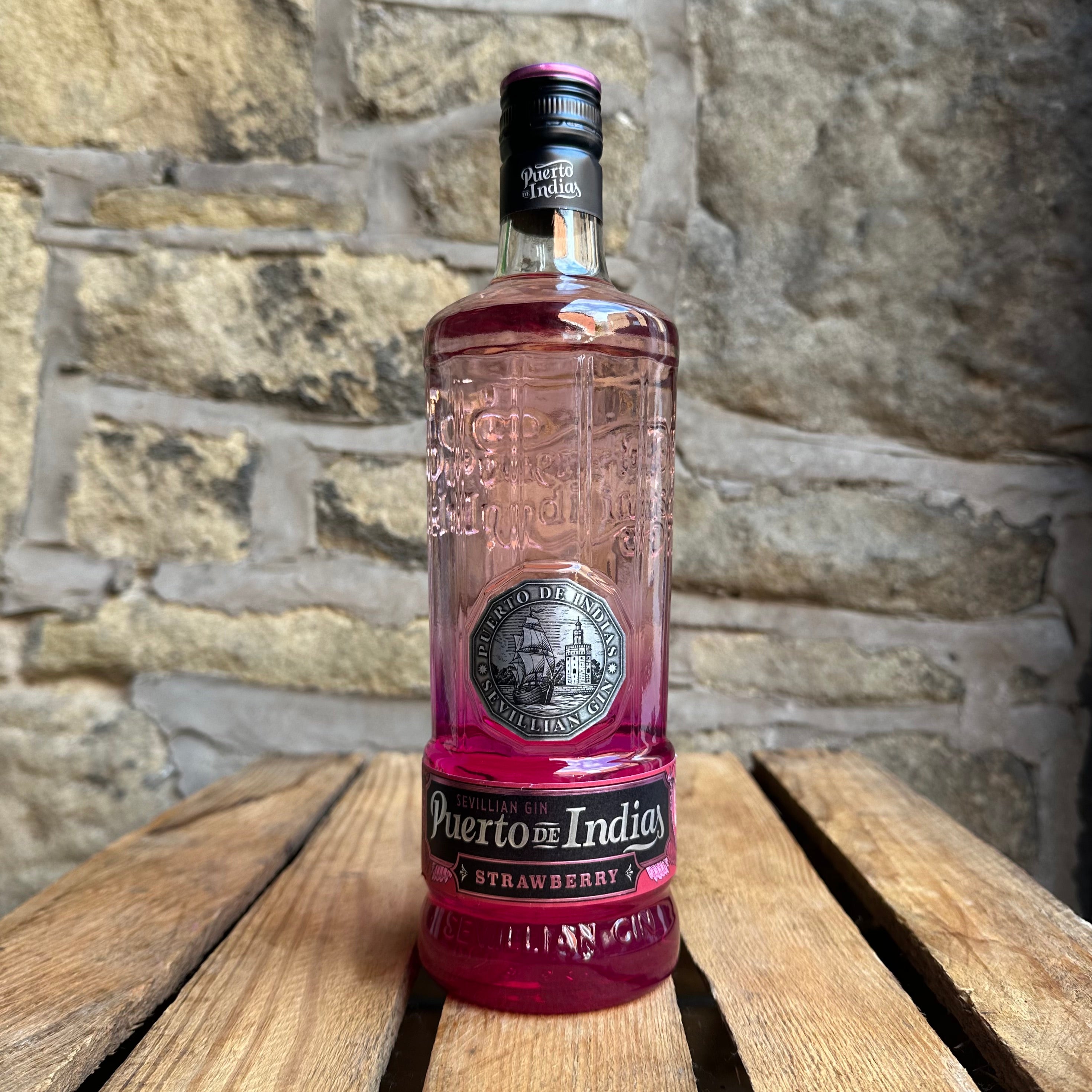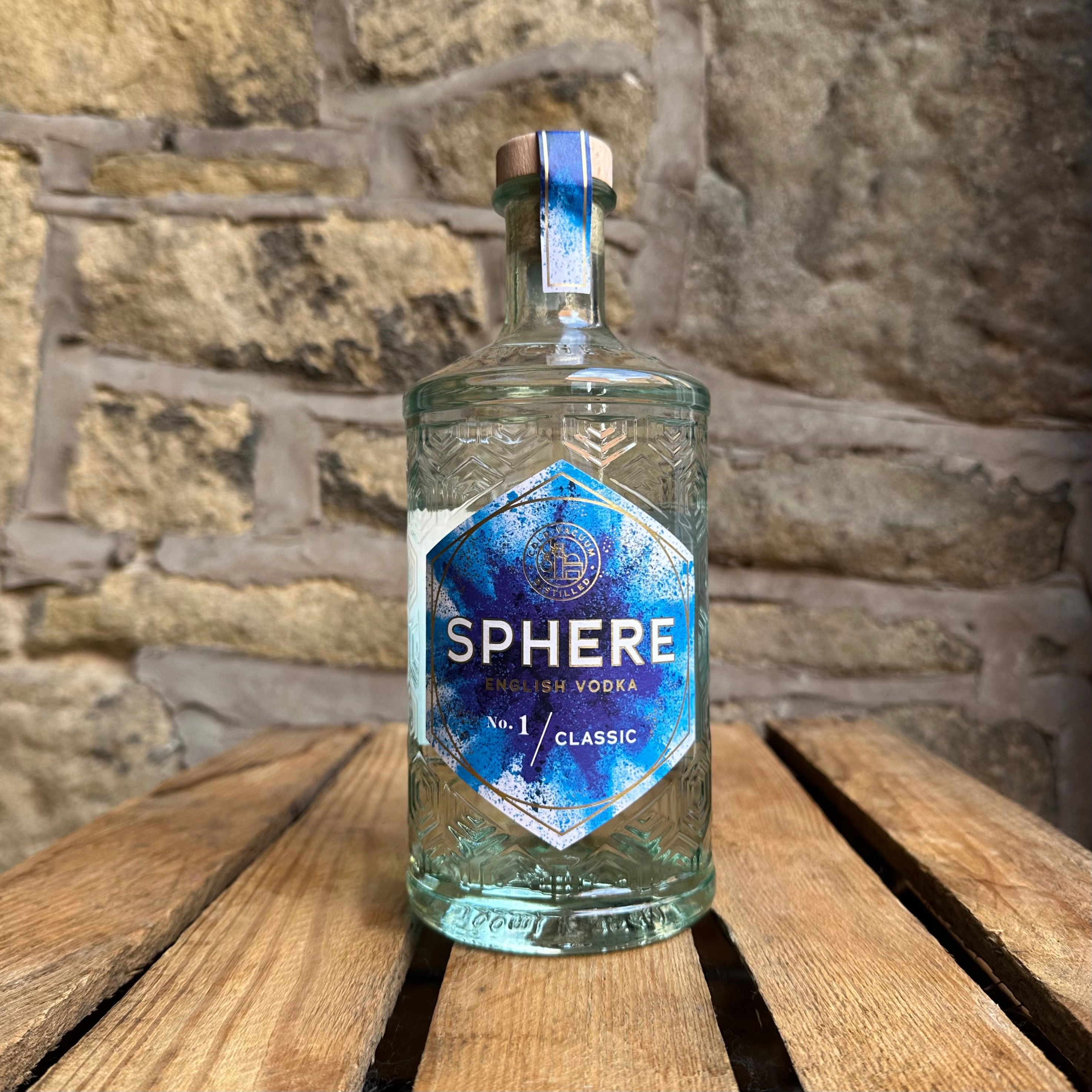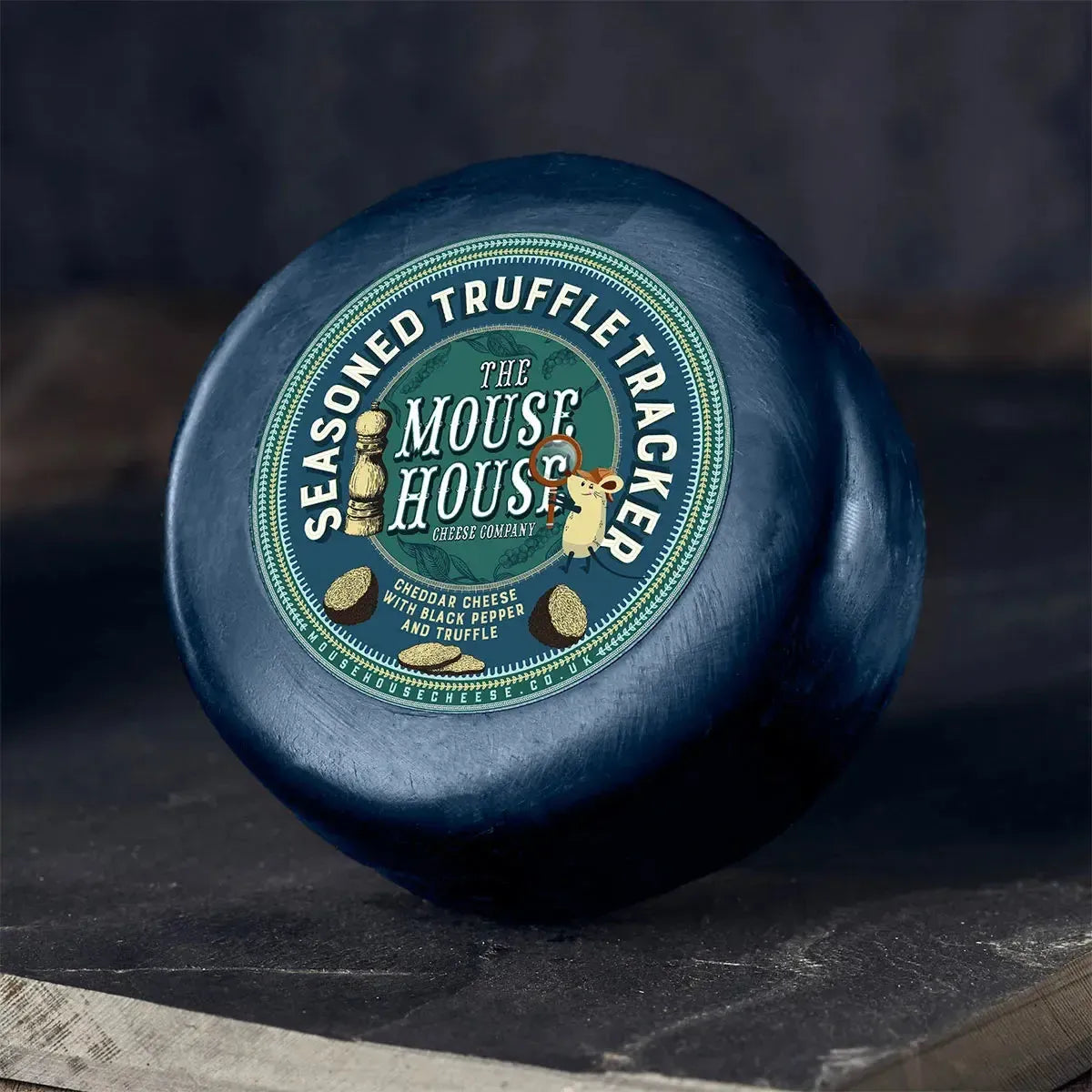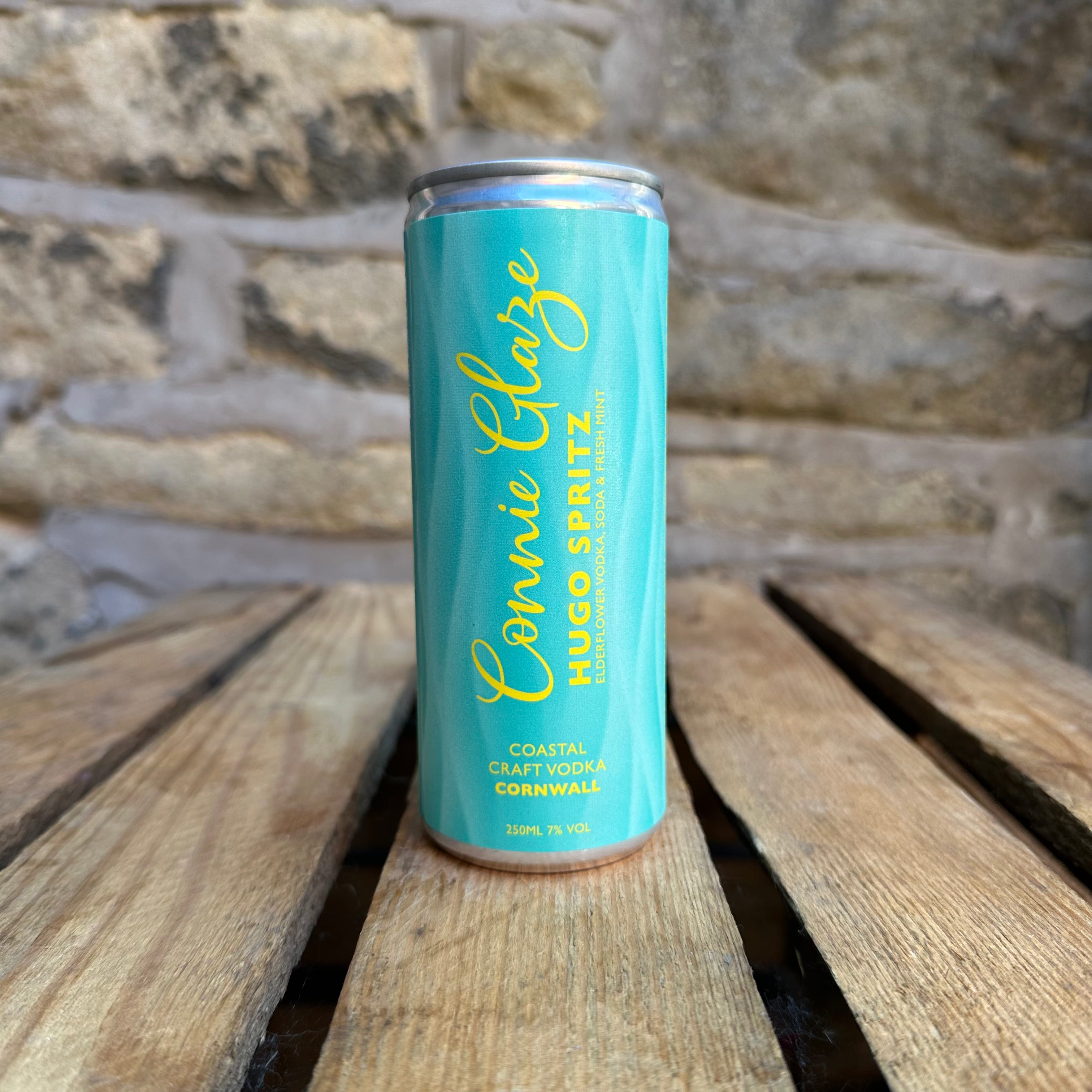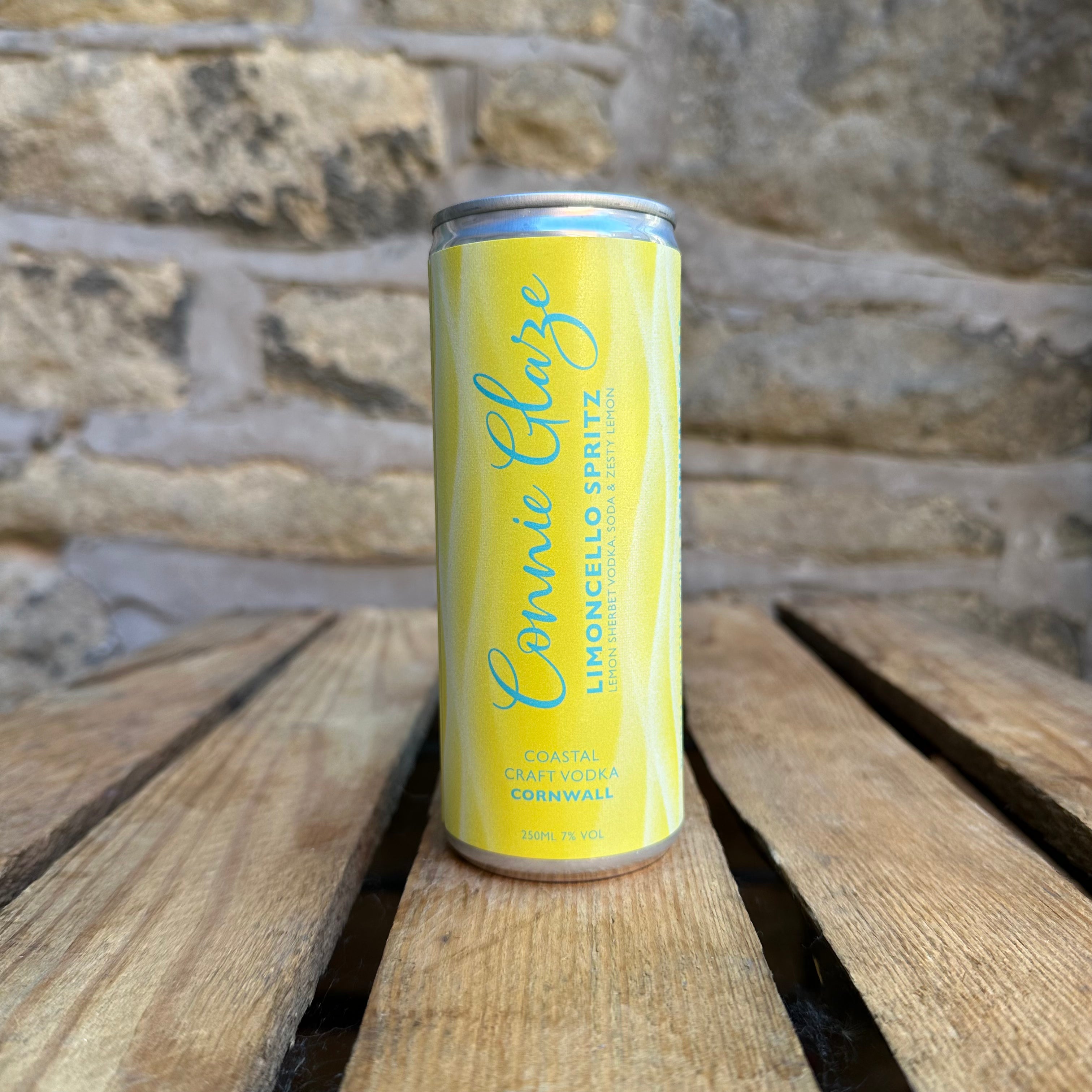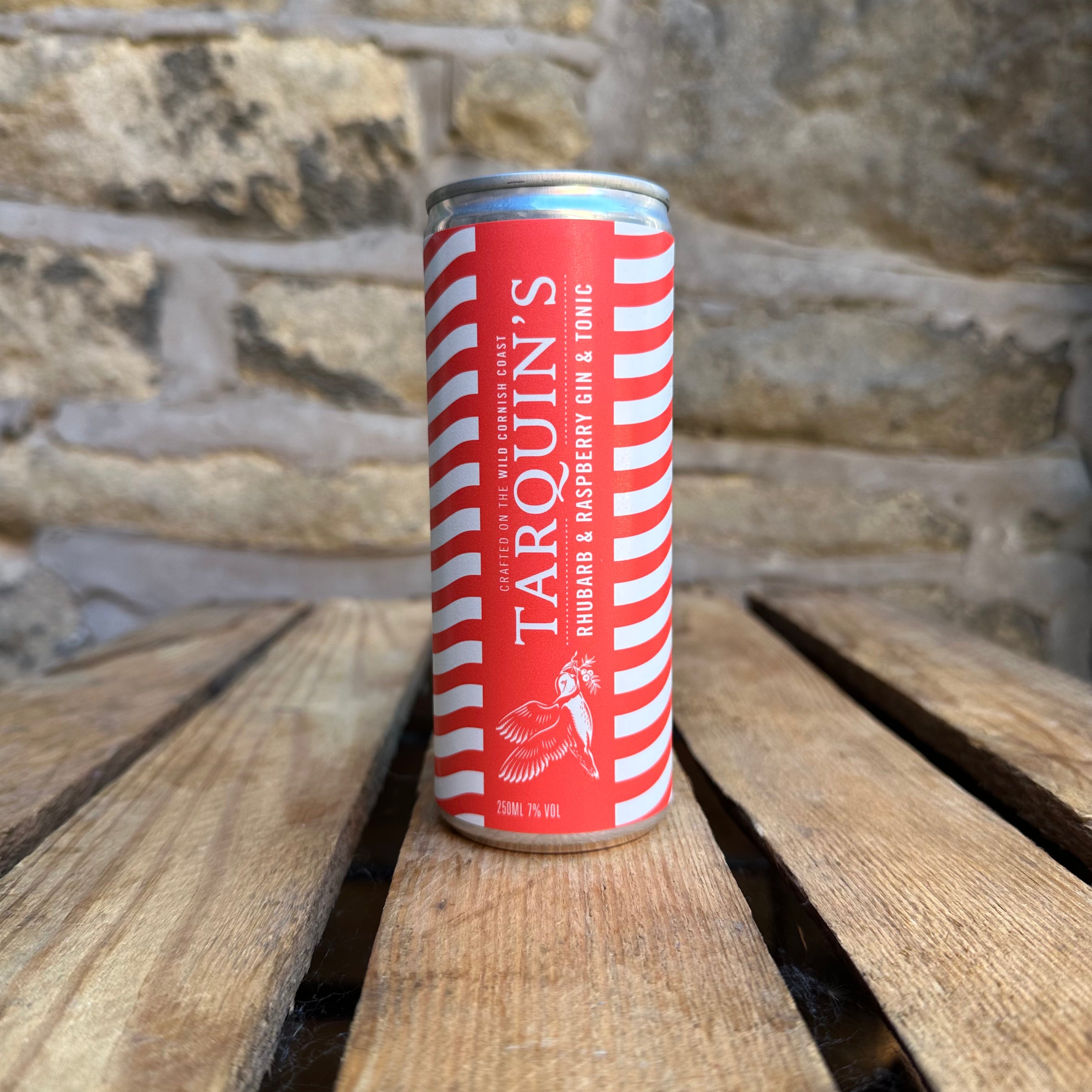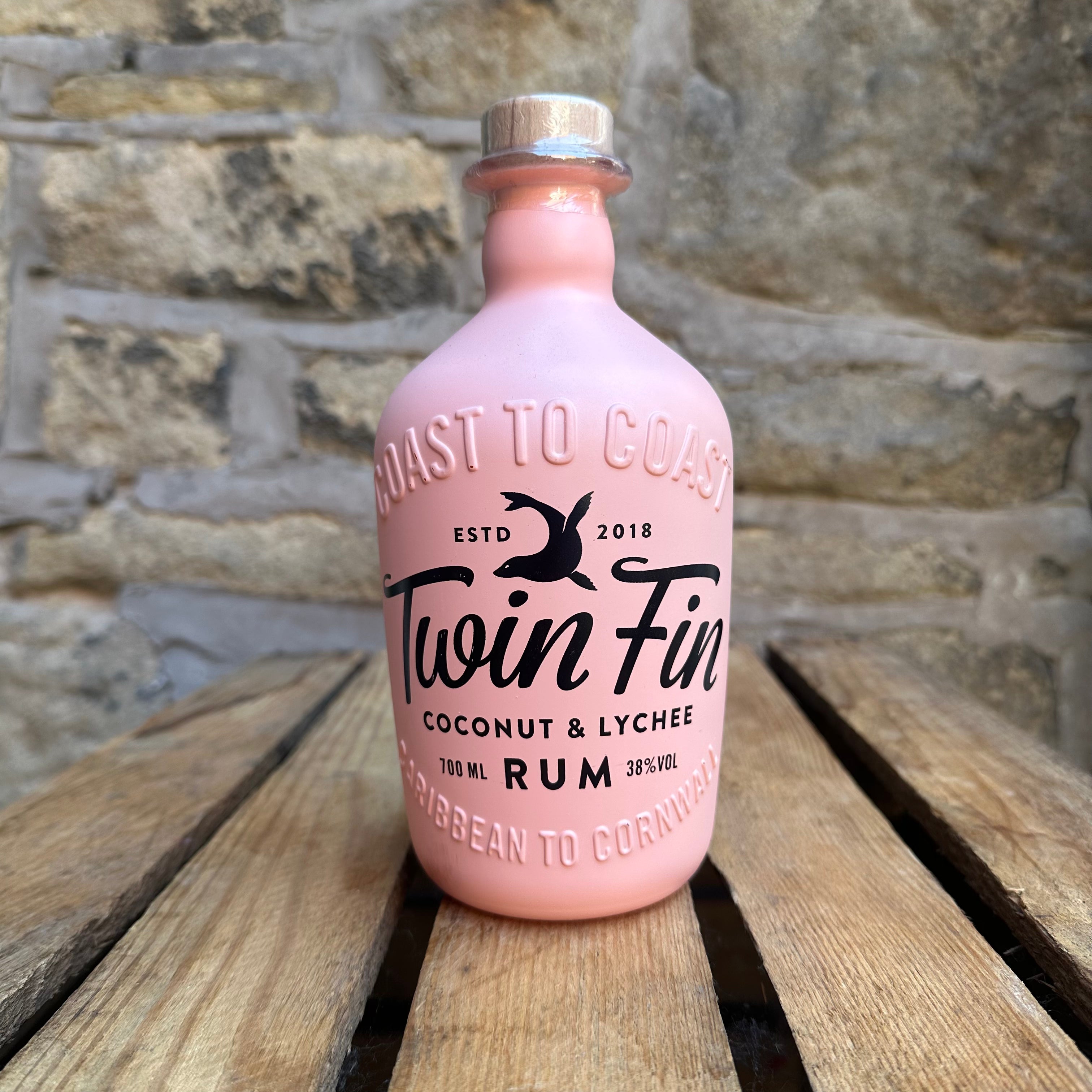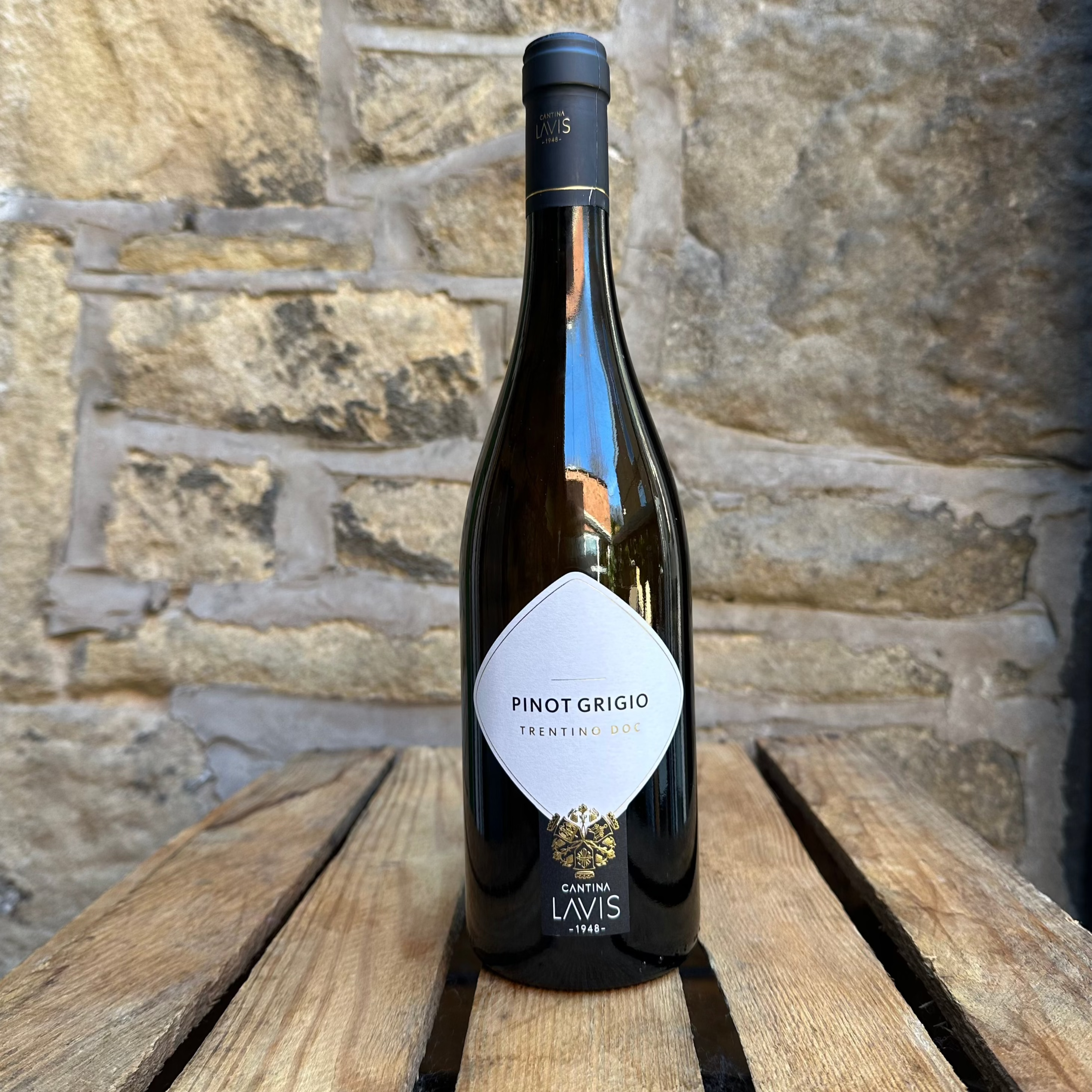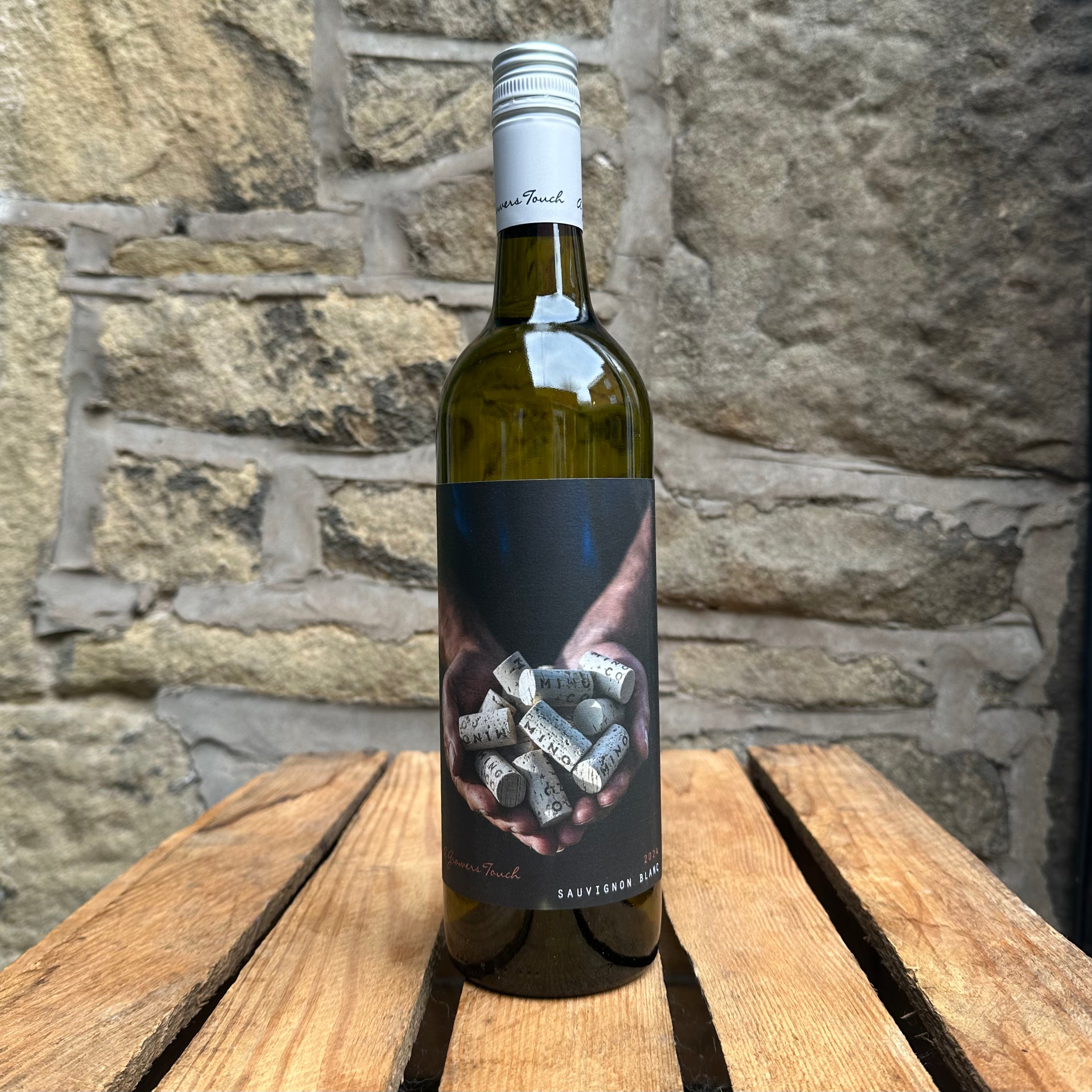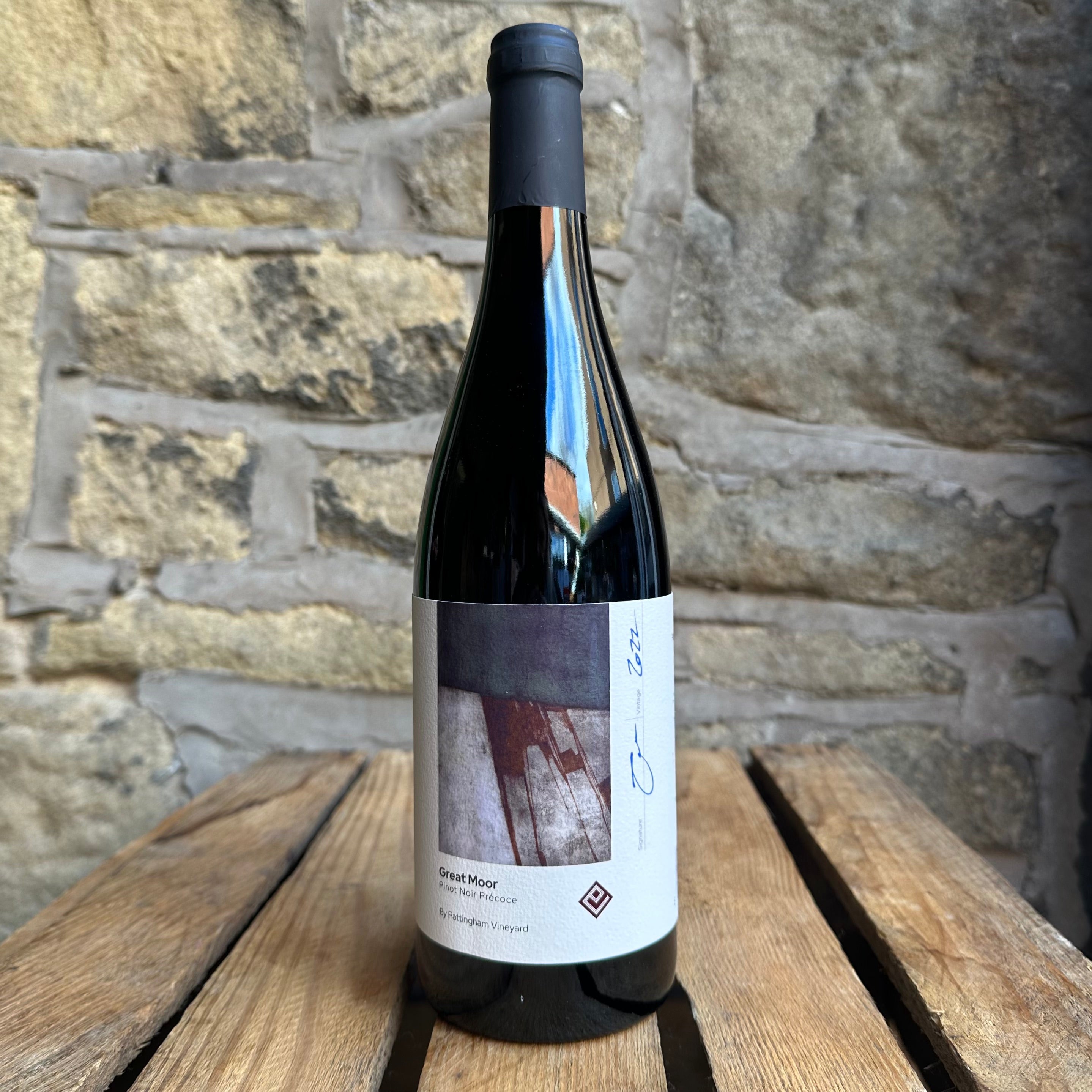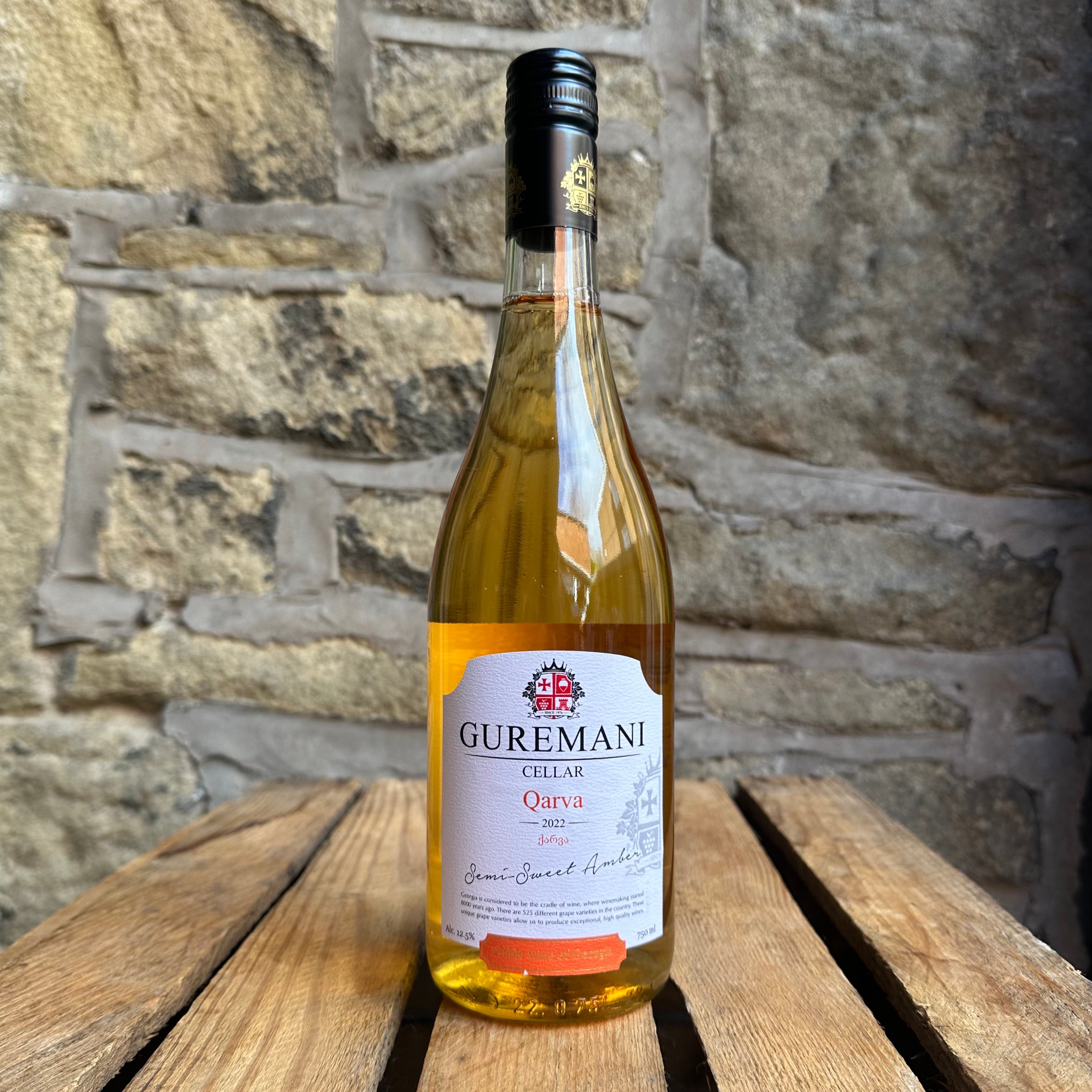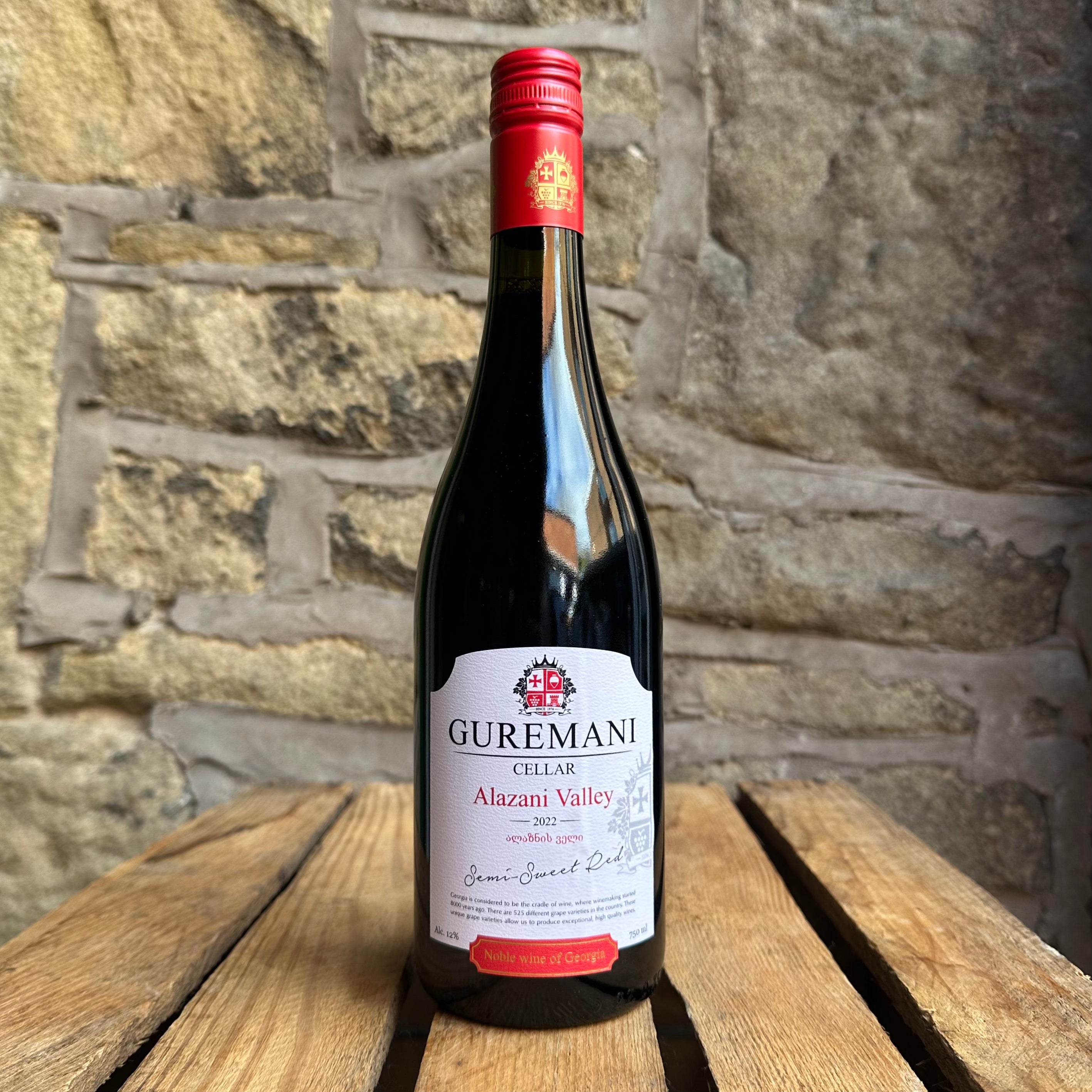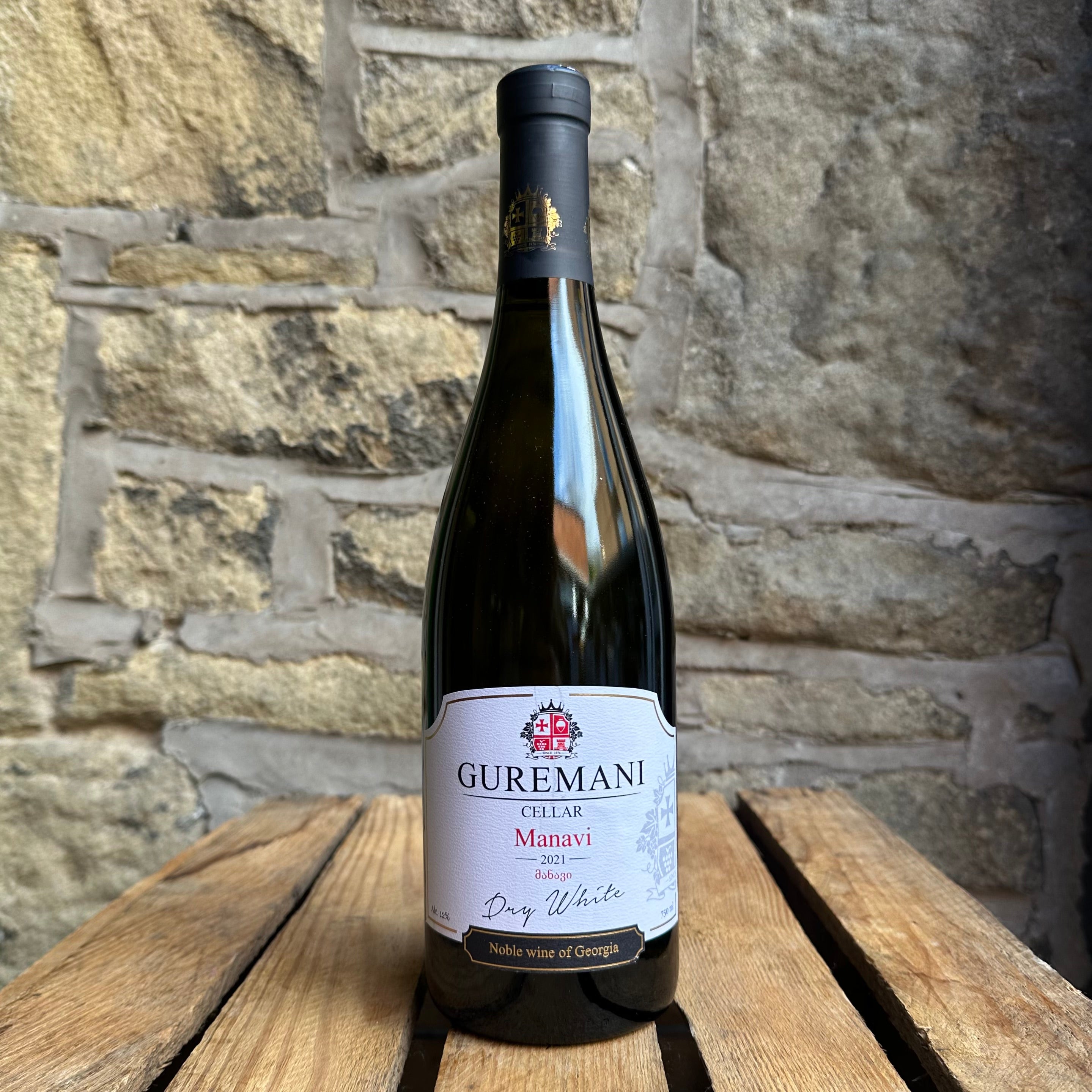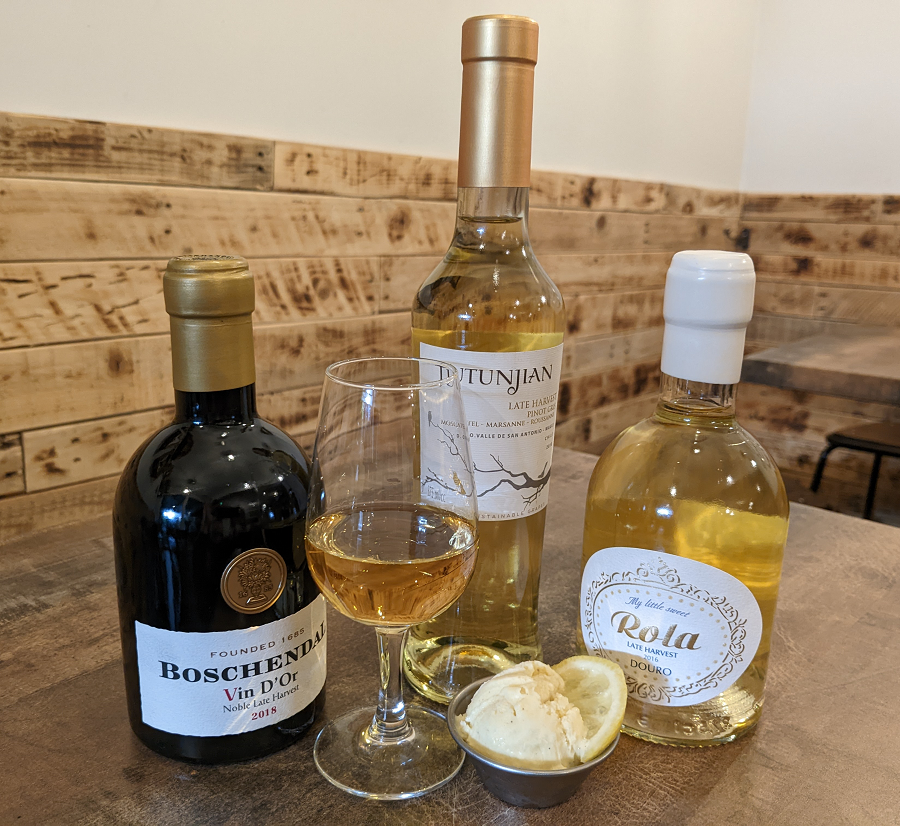
Dessert Wines

The USA has just celebrated one of their favourite foods - desserts! If you decide to indulge in your own National Dessert Day, we have the perfect match in aptly named Dessert Wines. Let's take a look at how these sweet treats are made.
WHAT IS A DESSERT WINE

Dessert wines are sweet wines traditionally partnered when eating sweet desserts. Some can be fortified wines such as Sherry or Port made by adding brandy spirit before all the sugar is fermented, but here we will concentrate on dessert wines that are usually white made using other methods.
These wines share high sugar content and higher abv (meaning smaller serving measures), but are made in three main ways: late harvest (air drying), Noble Rot (Botrytis Cinerea fungus), and Icewine/Eiswein (freezing). As well as sweet puddings, these wines also bring out the best in strong blue cheeses.
LATE HARVEST
Late Harvest is one way to achieve sweetness in grapes through air drying. Grapes are left on the vine after typical harvest to dry and wrinkle, thereby concentrating flavour and sugars. Some form of late harvesting is often part of the other methods mentioned, but a label stating 'Late Harvest' denotes just this method. To ensure quality, it is important that vineyards intended for just this method are not too high yielding, as too many clusters on a single vine will diminish natural sugars. Careful monitoring and pruning are essential.
Boschendal Vin d'Or Late Harvest hails from the Western Cape of South Africa and Vin D'Or is a natural late harvest wine, so named due to its golden appearance. Made with a blend of white grapes from Boschendal's finest vineyards, it presents bountiful aromas of tangerine, tropical melon, pineapple, and honeysuckle. On the palate it adds intense honey and red apple to the tremendous fruit core, balanced by lively natural acidity.
Tutunjian Late Harvest is made by the excellent Tutunjian Estate who have the finest vineyards across Chile. This wine uses a blend of Pinot Gris, Moscatel, Marsanne and Roussanne grapes from the San Antonio and Maule Valleys, harvested in the late autumn. A wine with intense aromas of honey and peach, the palate is full of sweet white fruit and citrus notes blended together with delicious floral notes.Rola Late Harvest Douro is a vintage late harvest wine from Douro, Portugal. Winemaker Ana Rola perfectly expresses the freshness of the region, blending native Codega de Larinho, Gouveio, Rabigato and Viosinho grapes that aren't harvested until early November, with further ageing for 6 months in oak barrels. A scrumptious wine, the nose brings touches of white flowers and orange peel, whilst the elegant palate reveals freshness, beautiful acidity, white fruit, apricots and orange peel.
There are also red wines that fully, or in part, use air drying to achieve sweetness. Grapes can be dried on the vine or in other ways, but traditionally they are dried on straw mats after harvest. These are nicknamed 'raisin wines' and continue to be very popular in Italy, translating as 'Passito' wines. You will be familiar with famed dry wines that use this method on a portion of grapes to impart a touch of sweetness, the most popular being Veneto's Amarone. Those outside this area are labelled Appassite, Appassimento, or a similar variation.
ICE WINE (EISWEIN)
As the name suggests, Ice Wine is made by allowing the grapes to freeze to concentrate sugars and flavours, and has German origins, hence the labels of the most popular producers usually showing the German translation of Eiswein. The method obviously requires cool climates where late harvest season nights can allow naturally frozen grapes to be picked and pressed within a short period of time. This brings extremely sweet wines but requires a lot of grapes to produce just one small bottle, hence an often high price tag.
Hiedler Weissburgunder Eiswein is from neighbouring Austria and uses Weissburgunder (Pinot Blanc) grapes harvested at temperatures of at least −7 °C in winter months. The frozen berries yield the smallest amounts of an ice-cold concentrate before slow fermentation in stainless steel over several months, and further months on fine lees. Fine and elegant with focused acidity creating a juicy contrast to the natural sweetness. Lychee and pineapple sit alongside ripe apricot and peach a creamy palate of great depth.
Canada is now one of the biggest producers of modern examples alongside Germany. In fact, Peller Estates based in Ontario pride themselves on the fact that they release only one drop of pure extract from each grape for their wines, with all pressing taking place whilst grapes are still fully frozen.
Peller Estates Vidal Blanc & Riesling Ice Wines shows this quality. The hardy Vidal Blanc grape brings wonderful aromas and flavours of candied pineapple, Bartlett pear, ripe peach, honey and caramel, with a fresh lemon drops finish. The Riesling is a wine of equally intense concentration packed with the more tropical fruit flavours of lemon, melon, papaya, mango and orange.
Peller also add some of their ice wines to their traditional method sparkling wines. Available as a classic Chardonnay-Pinot Noir White or a Pinot Noir based Rose, these Ice Cuvees blend the smallest amount of ice wine to enhance, rather than distract, creating bubblies that have unrivalled breadth in food pairing.
NOBLE ROT (BOTRYTIS CINEREA)
The name of this method belies the beautiful taste of the premium dessert wines produced. A fungus that likes to affect certain varieties of grapes, Noble Rot requires perfect conditions to thrive and extreme care from viticulturists not to become Grey Rot, which will make the crop unusable for wine. Both forms come from Botrytis Cinerea. It loves damp conditions, but too much dampness encourages Grey Rot. Noble Rot can be sustained with damp, misty conditions in the night and early mornings, and sunny, dry days and evenings.

It is thought that its origins are in the Tokaj region of Hungary, where naturally good conditions led to the creation of an almost accidental sweet wine. In its Noble Rot form, the fungus forms a layer around the grape and removes the moisture for sugar concentration. It also brings a welcome by-product in the form of rich white stone fruit and honeyed flavours. It remains a popular method in Hungary, with other high production in Germany, Austria and France. Botrytis wines can fetch high prices due to the high levels of care required; think Sauternes or Monbazillac.
Garonnelles Lucien Lurton Sauternes is made with the most delicate harvesting of Noble Rot affected Semillon grapes, all picked carefully by successive berry selection before a rigorous sorting process so that only the best fruit is used. This golden yellow wine has an expressive nose of exotic fruits, pineapple and citrus. The mouth is elegant and well-balanced evolving with a long finish full of finesse.
Growers Touch Botrytis Semillon uses Semillon grapes from the New South Wales Riverina in Australia. Some of the fruit is from the Riverina's oldest vines at 60+ years and all grapes are meticulously monitored and hand harvested. The result is an exceptional wine with powerful aromas of elegant French Oak, dried mango, apricots, peach, hints of toasted chestnuts and honey spice. The palate brings luscious mango, pineapple, apricot, subdued oak and a balancing, zesty finish.
